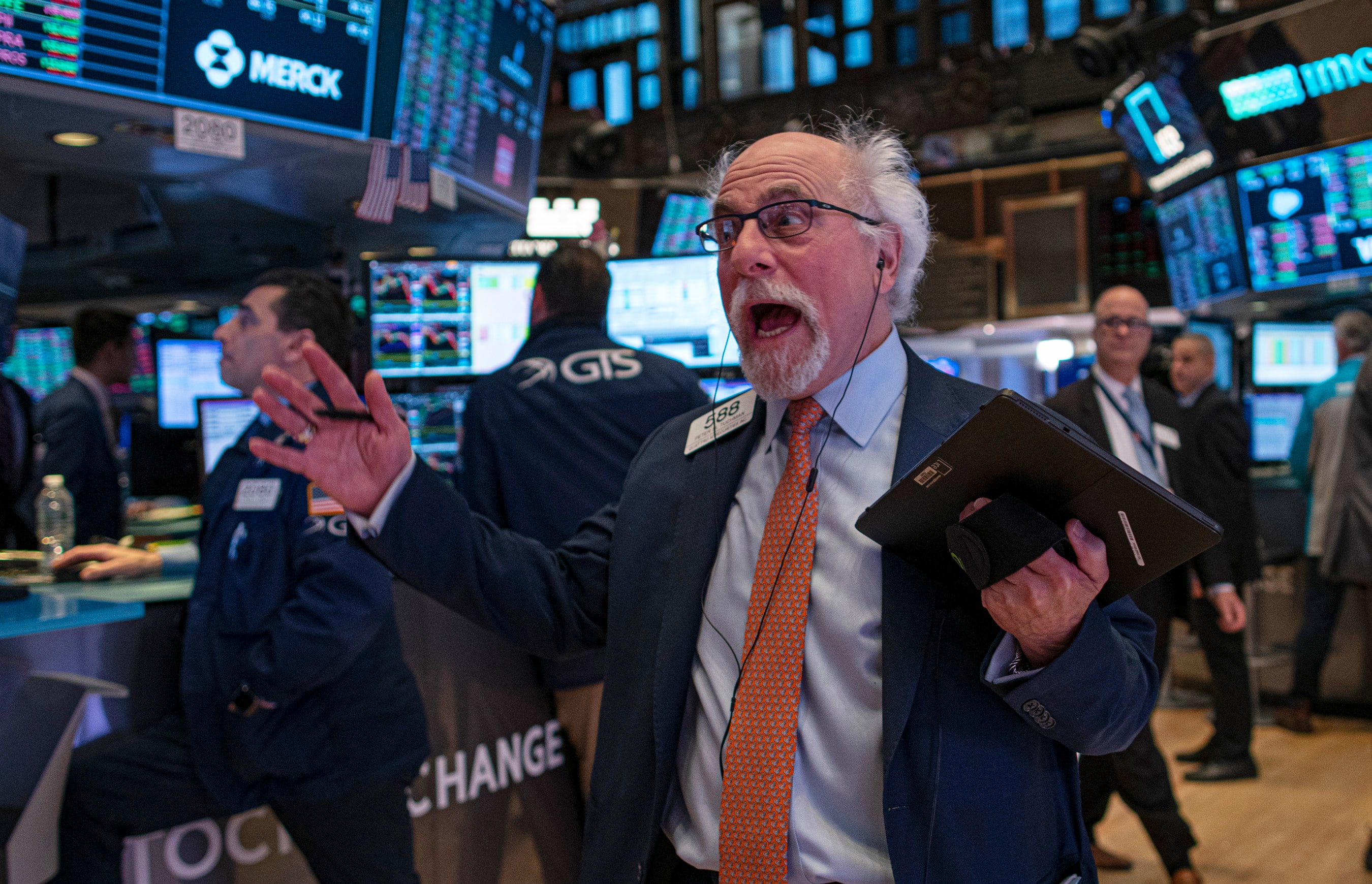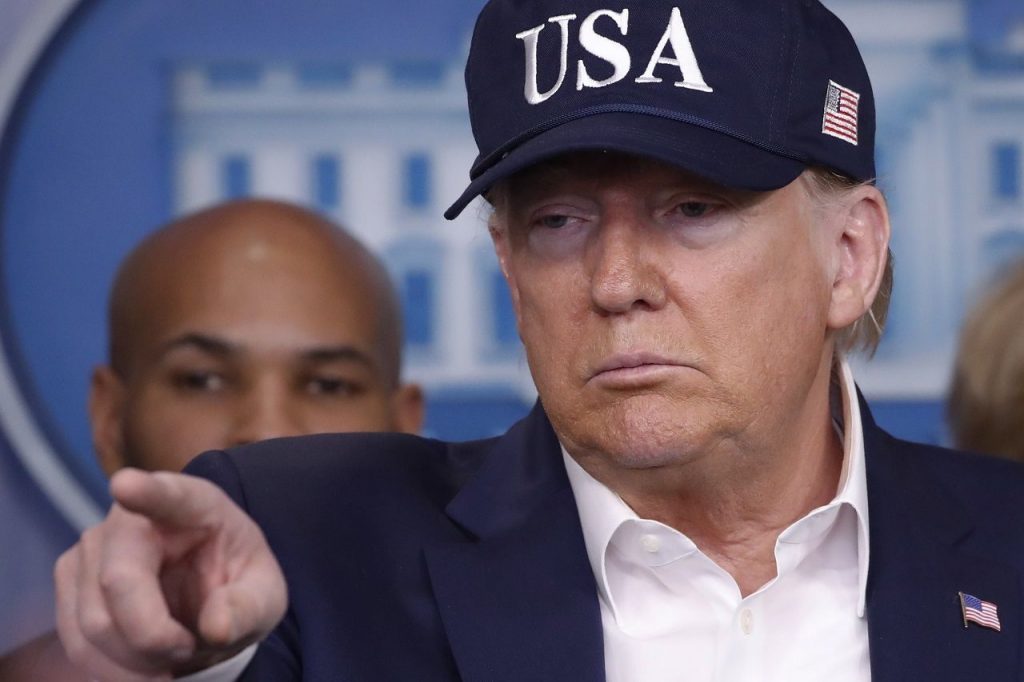
Stocks tanked on Monday, triggering a key market-wide “circuit breaker” designed to prevent the market from falling through the floor.
The S&P 500 plunged about 8% right after the opening bell, tripping the level one circuit breaker that resulted in a trading halt for 15 minutes. The Dow Jones Industrial Average plummeted 2,250 points at the open. The market reopened at 9:46 a.m. ET.
Sell-off accelerated after the trading resumed with the Dow down 12%, or 2,798 points, at its session low. The S&P 500 dropped 11.4% at its low, and the Nasdaq Composite is down 11.7%. If the S&P 500 declines 13%, trading will again pause for 15 minutes if the drop occurs on or before 3:25 p.m. ET.
As of 10:46 a.m. ET, stocks recovered some of the steep losses at the open, with the S&P 500 last down 8%.
Monday’s brutal sell-off came even after the Federal Reserve cut interest rates to near zero in an aggressive bid to save the U.S. economy from the coronavirus fallout.
The circuit breaker has kicked three times in the past week as investors exited the market with the coronavirus outbreak disrupting global supply chains and fueling fears of a recession. The stock market has tumbled into a bear market, or down more than 20% from their recent highs.
What is a circuit breaker?
According to the New York Stock Exchange, a market trading halt may occur at “three circuit breaker thresholds” on the S&P 500 due to large declines and volatility. The exchange classifies this at three levels based on the preceding session’s close in the S&P 500.
The rules, which apply to regular trading hours only, are as follows:
- Level 1: If the S&P 500 drops 7%, trading will pause for 15 minutes.
- Level 2: If the S&P 500 declines 13%, trading will again pause for 15 minutes if the drop occurs on or before 3:25 p.m. ET. There will be no halt if the drop happens after that. (This would occur Monday if the S&P falls 386 points).
- Level 3: If the S&P 500 falls 20%, trading would halt for the remainder of the day. (This would occur if the S&P falls 594 points).
The Level 2 and 3 circuit breakers have never been triggered in their current form during regular trading hours. The prior circuit breaker system was revamped after it failed to prevent the May 2010 flash crash. The current set of breakers were put into effect in February 2013.
The NYSE imposed a Level 1 halt on Dec. 1, 2008, when the S&P 500 closed down 8.9%.
—CNBC’s Nate Rattner, Jeff Cox, Thomas Franck, and Michael Bloom contributed to this report.
Subscribe to CNBC PRO for exclusive insights and analysis, and live business day programming from around the world.

